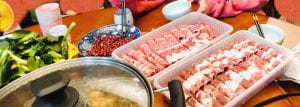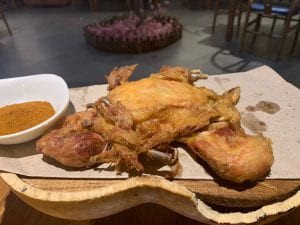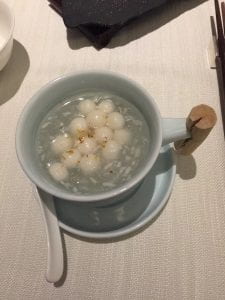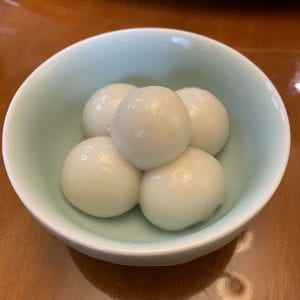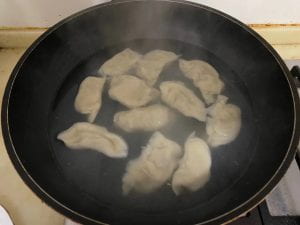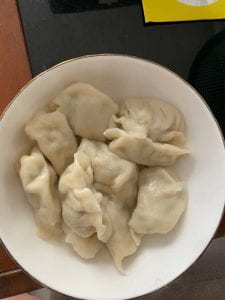General Information about Item:
- Genre: Material Lore – dish; Customary Lore – celebration, belief, superstition
- Language: English
- Country of Origin: China
- Informant: J.T.
- Date Collected: November 23, 2020
Informant Data:
- J.T. is a 16-year-old high school student. He was born in Zhejiang Province, China, which is along the East coast of China and is considered the southern part of China. He celebrated the Chinese New Year every year with his family. The way his family celebrates the Chinese New Year consists of traditions that are common in southern China.
Contextual Data:
- Cultural Context: Soft-shell turtles are eaten during the Chinese New Year mainly because they resemble turtles, which are a common symbol of longevity. The soft-shell turtles eaten during the Chinese New Year are often the middle-aged ones since they represent strength and health. The elders often eat the head of the soft-shell turtle since they are the “head” of the family. The children often eat the soft shell, since it is the most delicious part of the soft-shell turtles, and it is believed that it nourishes people’s skin.
- Social Context: During the Chinese New Year’s Eve, it is customary for an extended family to hold a large dinner gathering at home, and soft-shell turtles are often cooked as soup and shared among family members.
Item:
- Soft-shell turtles are commonly eaten for the Chinese New Year because they resemble turtles, a common symbol of longevity. Since people do not commonly eat turtles, soft-shell turtles that resemble turtles are eaten instead. Soft-shell turtles are often cooked as soup. There may be different things added to the soups, such as meatballs, vegetables, etc.
Image File:
Transcript of Interview Clip:
S.T. (collector): What is one of the most interesting or important dishes that is eaten during the Chinese New Year in your family?
J.T. (informant): The most unique dish is probably the soft-shell turtle soup.
S.T.: Wow, that is not a common dish. How do you normally prepare it?
J.T.: The first step is to kill the soft-shell turtle, and it is not easy since once the soft-shell turtle puts its head inside of the shell it is hard to get it out. There is a trick. We have to flip the soft-shell turtle upside down and as it takes the effort to flip its self back, it has to stretch out its head. We use scissors to shear off the head as soon as the head is out. After we kill the soft-shell turtle, we cut it pieces and clean it. We often make it a soup and add ginger and meatballs into the soup. To make the meat of the soft-shell turtle soft, we cook it with a pressure cooker.
S.T.: Why do you eat soft-shell turtles? Any meaning associated with it?
J.T.: Turtle is obviously a symbol of longevity, but people don’t often eat turtles. So, we eat soft-shell turtles instead. People who eat soft-shell turtles are believed to live longer and healthier. Also, soft-shell turtles are nutritious. It is believed the skin of the soft-shell turtle nourishes people’s skin.
S.T.: Any custom when eating the soft-shell turtle?
J.T.: The elders often eat the head, and the children often eat the softshell. It is probably like the elders are the “head” of the family. The elders often let the children eat the soft shell of the soft-shell turtles, since it is the most delicious part of the soft-shell turtles, and it is believed that it nourishes their skin.
Informant’s Comments:
- My favorite part is I get to eat the soft-shell every time since I am the youngest kid in the family. The skin of the soft-shell is very delicious. This custom also shows the elders’ love for the kids.
Collector’s Comments:
- The soft-shell turtles are often eaten in the southern part of China probably because there are more lakes in the south and thus more soft-shell turtles. Additionally, people in the southern part like to drink soup, and the soft-shell turtle soup are very nutritious. My family also eats soft-shell turtle soup. We often associate the soft-shell turtle with heath and strength. People believe that the soft-shell turtle can make them live long because of the resemblance to turtles, and the skin of the soft-shell turtle nourishes people’s skin. These are both homeopathic magic.
Collector’s Name: Stela (Yunjin) Tong


